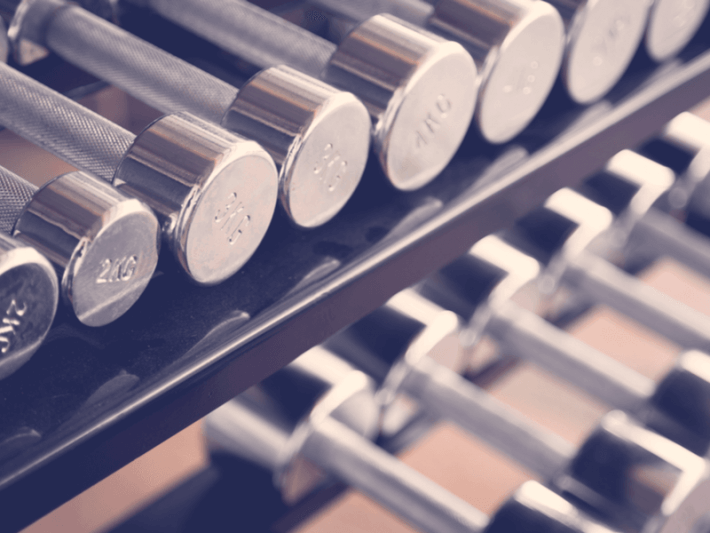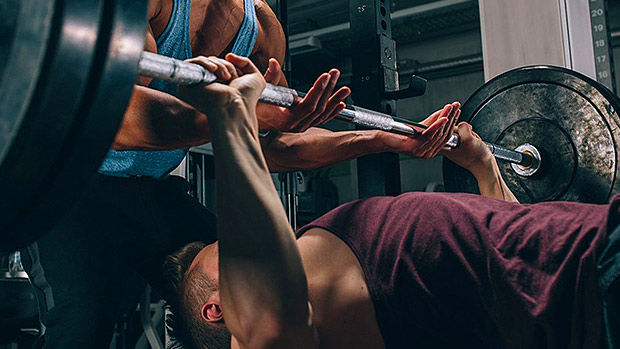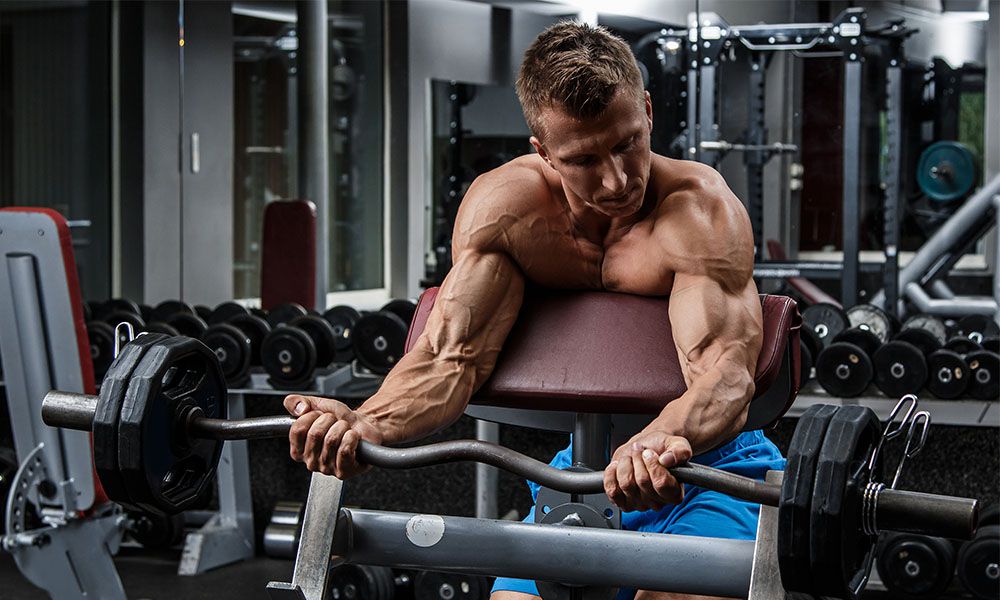
What makes drop sets so effective but so heavy?
People continue to use this technique because it turns a simple set of 10 reps into a deadly battle with the muscle group gods. Find out why you should use drop sets.
Drop sets have been instrumental in creating the finest physiques of all time. You may have seen Branch Warren throw the chains off his neck one at a time during the dips. If you’ve been on the subject for a long time, you’ve probably seen Arnold Schwarzenegger’s “down the rack” pass. Or Larry Scott’s famous power release, which he learned from the immortal Steve Reeves.
If you are not using drop sets yet, now is the time to fix it. The principle of reception is simple, it is easy for him to find a place in the training, and he does not require specific equipment. What it takes is determination and fortitude to create an effort that will help you get the most out of what is arguably the most powerful muscle hypertrophy catalyst in bodybuilding history.

What is a drop set?
The definition states that a drop set is the continuation of a set with less weight after reaching muscle failure with more weight. For the sake of convenience, drop sets are often done on simulators, since to reduce weight, it is enough to rearrange the hairpin in the weight block. Also, drop sets can be done with dumbbells, a barbell and, in theory, with any other equipment for strength training, from sandbags to Atlas stones.
How to do a drop set?
On the simulator
If your workout plan includes 5 sets of 10 repetitions of the close-grip pull of the upper block to the chest, here’s how to turn this exercise into a drop set.
Start with a target weight of, say, 80 kg. Instead of stopping at 10 reps, continue to failure. Then take an ultra-short pause, which is only enough to move the stud upward to reduce the initial weight by 10-20%. In this example, you should go to 65 kg.
Continue the set from 65 kg to failure, then rearrange the stud again, reducing the weight by another 10-20% (to about 50 kg), and continue churning out reps with the new weight until you reach another failure. Continue in this spirit until you have completed all 5 sets. By that time, you and your hands will already be squeezed out like a lemon.
With dumbbells
When using dumbbells, an example of a drop set would be referred to as a “down stance” pass.
If your working weight is 14 kg in raising your arms to the sides, start with it and do it to failure. Then take the next pair from the rack with dumbbells, usually 12 kg, and continue to lift to failure. In this vein, go down the rack, using 8 kg dumbbells in turn, then 5 kg and finally 2 kg.
Barbell
Barbell drop sets are often referred to as strip sets. In this case, you hang small pancakes on the bar, and when you get to muscle failure with each weight, you (or your partner, which is better) remove one pancake from each side.
Take a biceps curl with a starting weight of 50 kg for example. At each end of a 20kg bar, you should have three 5kg pancakes. Do biceps curls to failure. Then your partner quickly drops one 5kg pancake on each side, so now you’re lifting 40kg to failure. Repeat the process. You can continue in this vein until you have an empty 20 kg Olympic bar in your hands.
Typically, the working weight or intensity is reduced by 10-30% at a time and 2 to 5 dumps are made in one full set. Rest periods are usually very short, just to change the weight.
But keep in mind that these are general guidelines and not strict rules. You can do large transitions, smaller dumps, maintain reps while decreasing the weight, or keep the same weight but reduce the number of reps. You can manipulate the intensity of the exercise by varying your stance, width, or grip type. In general, use the general principles of drop sets, but also be creative.

Why should I do drop sets?
The goal of gradual weight loss is to “shock” your muscles by putting more stress on them over a longer period of time than with regular sets. The stronger the stress, the more active muscle hypertrophy is. Drop sets are effective because they recruit all types of muscle fibers, from the most powerful fast-twitch fibers to the slow-twitch oxidative fibers. First, you work the fast-twitch fibers, lifting the starting heavyweight, and then you increasingly engage the slow-twitch muscle fibers, getting closer to the end of the set.
The total volume of blood flowing to the muscle group, which is trained with drop sets, is so great that you will feel fantastic pumping. Target muscles will be filled with blood, which is rich in oxygen and amino acids, which creates optimal conditions for maximum muscle hypertrophy.
How do I integrate drop sets into my training program?
Some bodybuilders do six or more drop set exercises in a single workout. If you are just getting started with this technique, I recommend using drop sets on only one exercise per muscle group per training session.
Drop sets increase your time under load, and you drive each set to failure, which makes this technique very difficult and demanding. Start with caution, then gradually increase the number of decreasing sets in one workout, but be sure to start using them in your programs. If you don’t start, only the growth rate of your results will fall.
